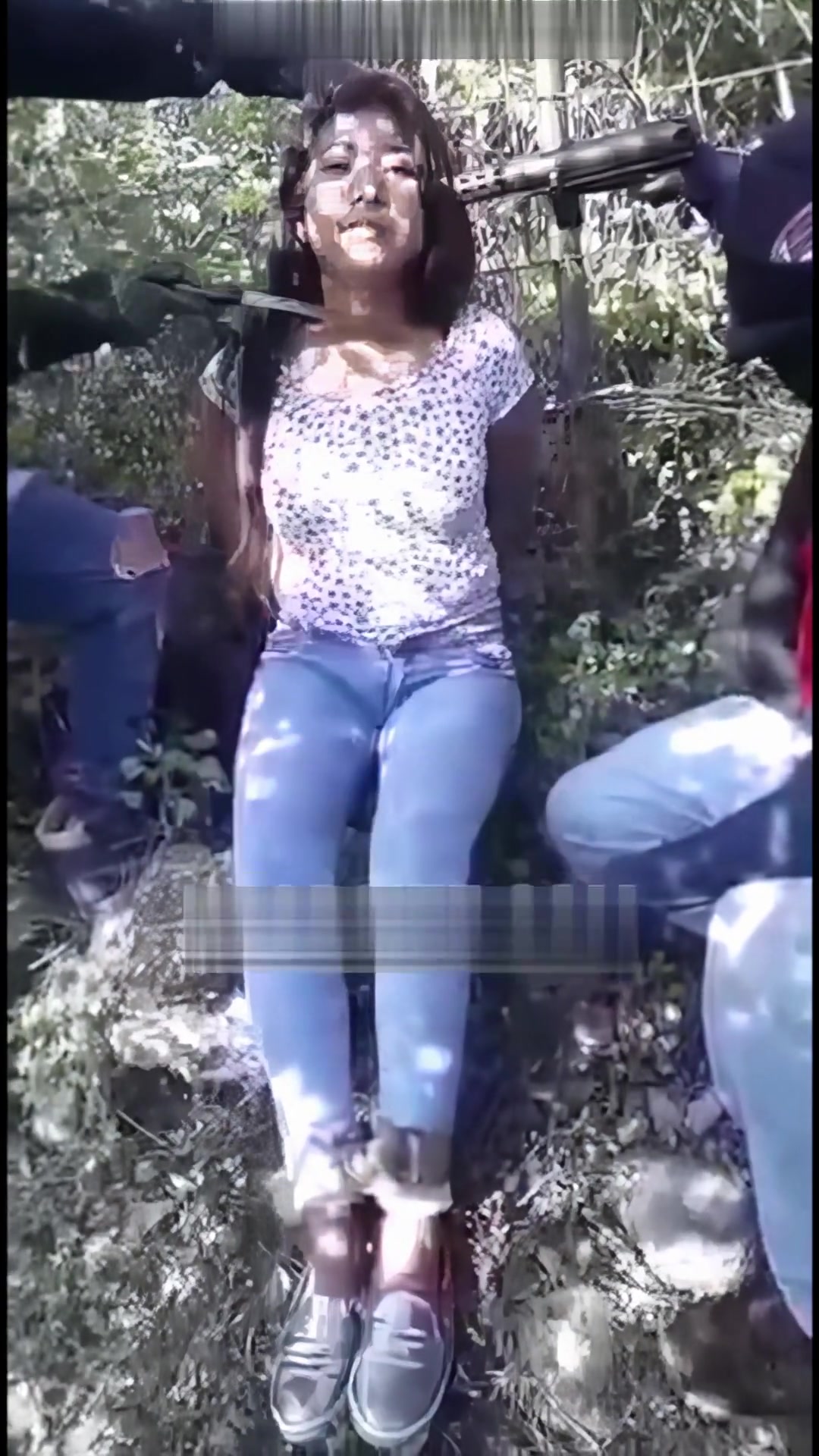Exploring The Fascinating World Of Gorecentre
The term "gorecentre" may evoke a myriad of emotions, from intrigue to apprehension. This unique concept encompasses a realm where horror meets art, often exploring the darker facets of human experience. It’s a place where enthusiasts gather to share their fascination with the macabre and the grotesque, creating a vibrant community that celebrates the eerie and the unsettling.
As the culture surrounding gore continues to evolve, the gorecentre serves as a hub for those who appreciate the blend of creativity and horror. From graphic novels to films, and art installations to immersive experiences, the gorecentre provides a platform for artists and fans alike to delve into the chilling narratives that captivate our imaginations. It invites participants to confront their fears and embrace the bizarre.
In this article, we will explore various aspects of the gorecentre phenomenon, including its origins, cultural significance, and the myriad of expressions it encompasses. Join us as we dissect the intricacies of this captivating world and shine a light on the community that thrives within it.
What is the Gorecentre?
The gorecentre is much more than a mere classification of horror-themed art; it represents a cultural movement that intertwines the realms of horror, artistic expression, and community engagement. This unique space is dedicated to exploring the aesthetic and thematic aspects of horror, often challenging societal norms while simultaneously providing a safe environment for fans to engage with their interests.
How Did the Gorecentre Movement Begin?
The roots of the gorecentre can be traced back to the early days of horror cinema and literature, where grotesque imagery and unsettling narratives began to captivate audiences. As the genre evolved, so too did the communities surrounding it, leading to gatherings and conventions dedicated to horror. Over time, these events transformed into the gorecentre, a place where fans could connect and explore their shared interests.
What Are the Key Features of a Gorecentre?
Several characteristics define a gorecentre, making it a unique destination for horror enthusiasts:
- Art Exhibitions: Showcasing artwork that embodies the themes of horror and the grotesque.
- Film Screenings: Presenting both classic and contemporary horror films that challenge conventions.
- Workshops and Panels: Offering insights from creators in the horror genre, discussing their inspirations and techniques.
- Community Engagement: Encouraging collaboration and dialogue among fans and creators.
Who Are the Influential Figures in the Gorecentre Scene?
Within the gorecentre community, several individuals have made significant contributions to the genre, shaping its evolution and expanding its reach. These figures include filmmakers, artists, writers, and musicians who have pushed the boundaries of horror and inspired countless others.
What Role Does Social Media Play in the Gorecentre Community?
In today’s digital age, social media has become a powerful tool for the gorecentre community. Platforms like Instagram, Twitter, and TikTok allow fans to share their passions, showcase their work, and connect with like-minded individuals across the globe. This has led to a thriving online community that transcends geographical boundaries, fostering a sense of belonging among horror enthusiasts.
How Can One Get Involved in the Gorecentre Movement?
For those looking to immerse themselves in the gorecentre, there are numerous avenues to explore:
- Attend Events: Participate in horror conventions, art exhibitions, and film screenings.
- Create and Share: Produce your own horror-themed art, writing, or films and share them with the community.
- Engage Online: Join social media groups and forums dedicated to horror and the gorecentre.
- Collaborate: Work with other creators on projects that delve into the themes of horror and the grotesque.
What Are the Future Prospects for the Gorecentre?
The future of the gorecentre looks promising, as interest in horror continues to grow across various media platforms. As new technologies emerge, the possibilities for immersive experiences and innovative storytelling techniques will further enrich the community. The gorecentre will undoubtedly remain a dynamic space that fosters creativity, expression, and connection among horror enthusiasts.
Can the Gorecentre Influence Other Art Forms?
The impact of the gorecentre extends beyond the horror genre, influencing other art forms and genres. Elements of horror and the grotesque can be found in literature, visual arts, music, and even fashion. This cross-pollination of ideas enriches the broader artistic landscape, allowing for new interpretations and explorations of what horror can mean.
Ultimately, the gorecentre represents a celebration of the darker aspects of human experience, inviting individuals to confront their fears and embrace creativity in its most unsettling forms. Whether through art, film, or community engagement, the gorecentre continues to thrive, drawing in new generations of horror enthusiasts eager to explore the macabre.
Article Recommendations
- Subhashree Sahu Mms Porn
- Ellen Degeneres Ex Husband
- Jd Vance Plastic Surgery
- Alaina Mathers
- Bill Paxton Relationships
- Hdhub4 Bollywood
- Hd Hub 300mb Movie Download
- Cinas World Erome
- Liam Payne Pedophelia
- Brice Akuesson Age




